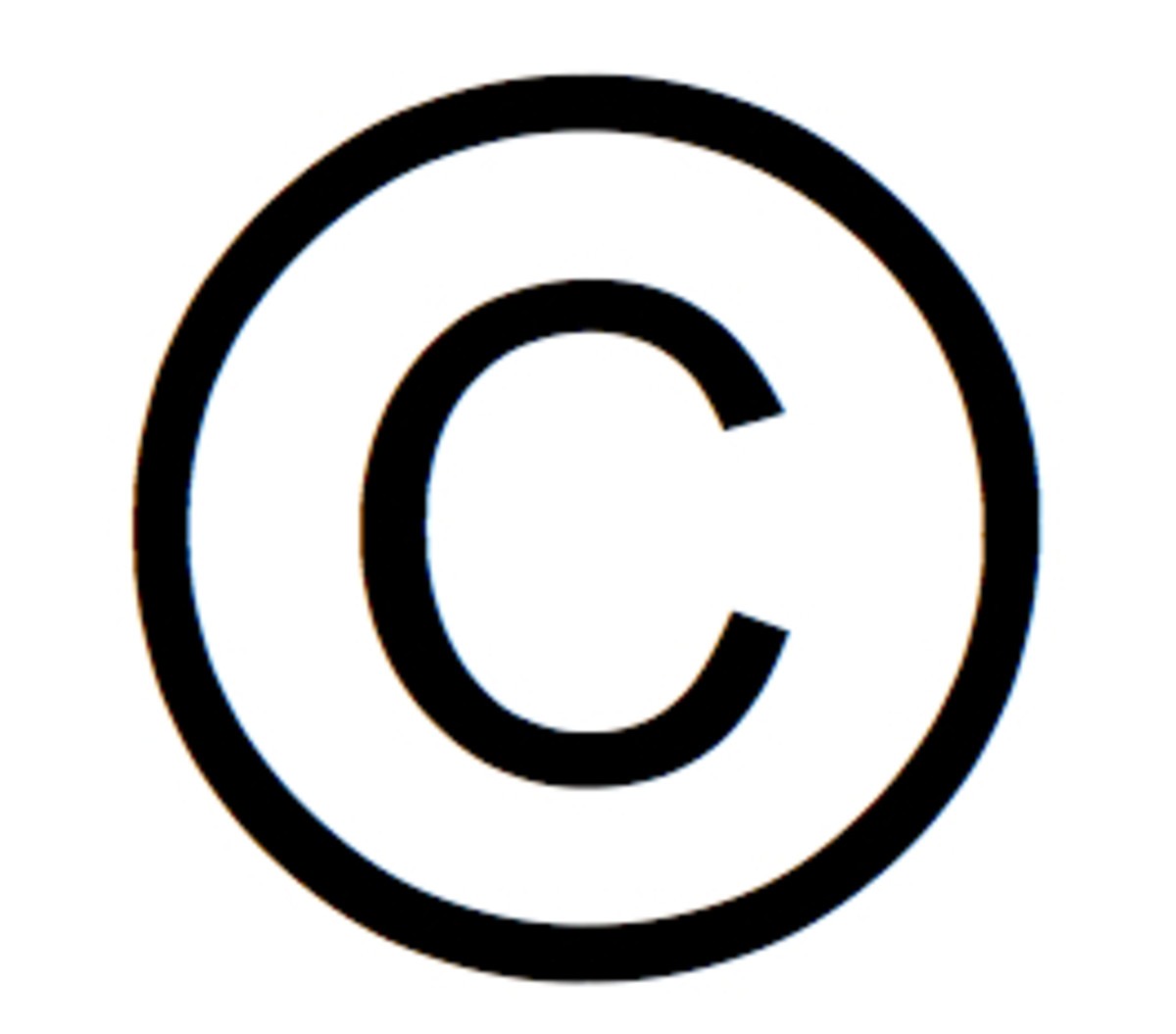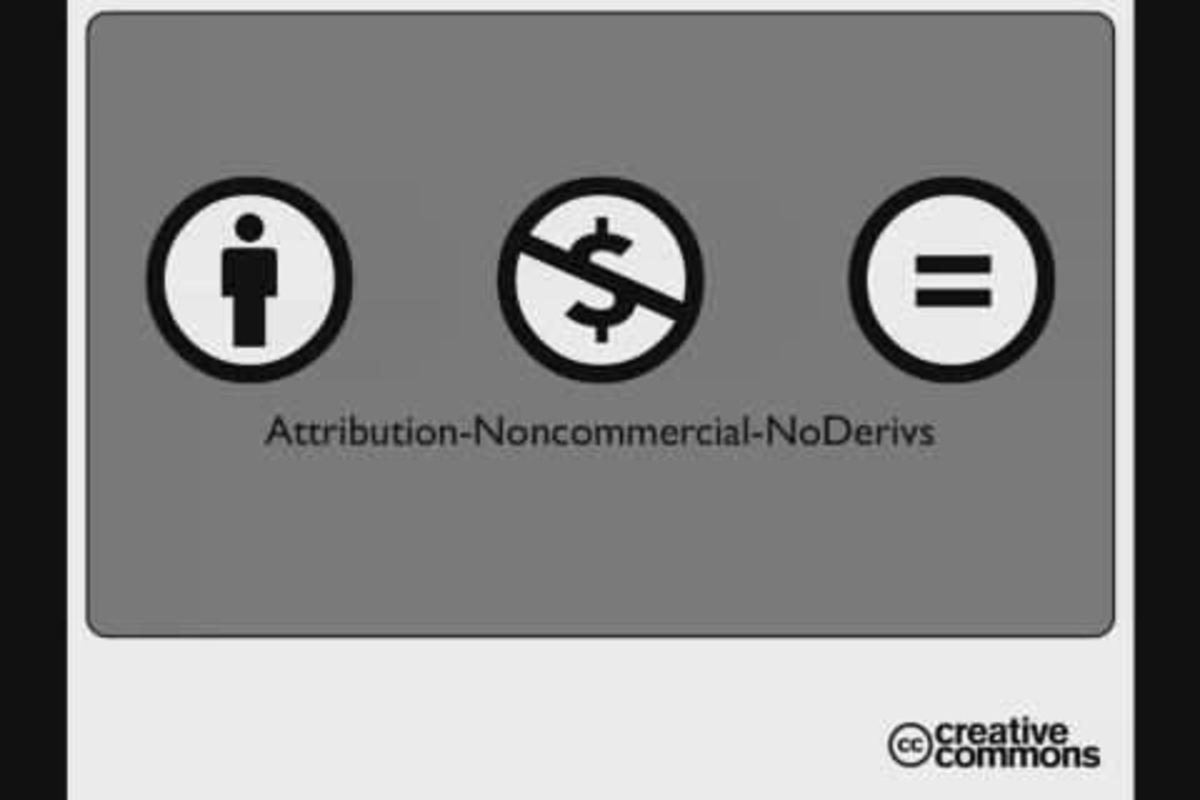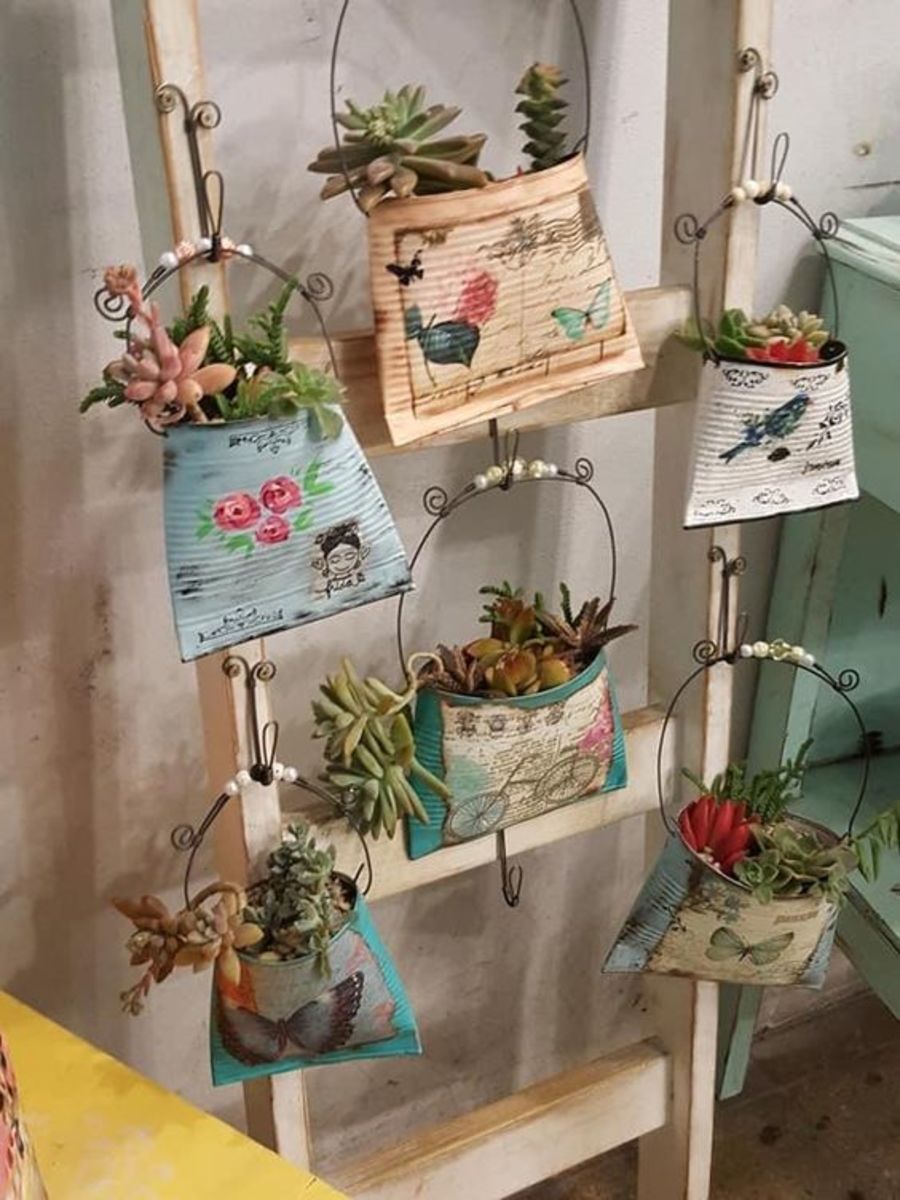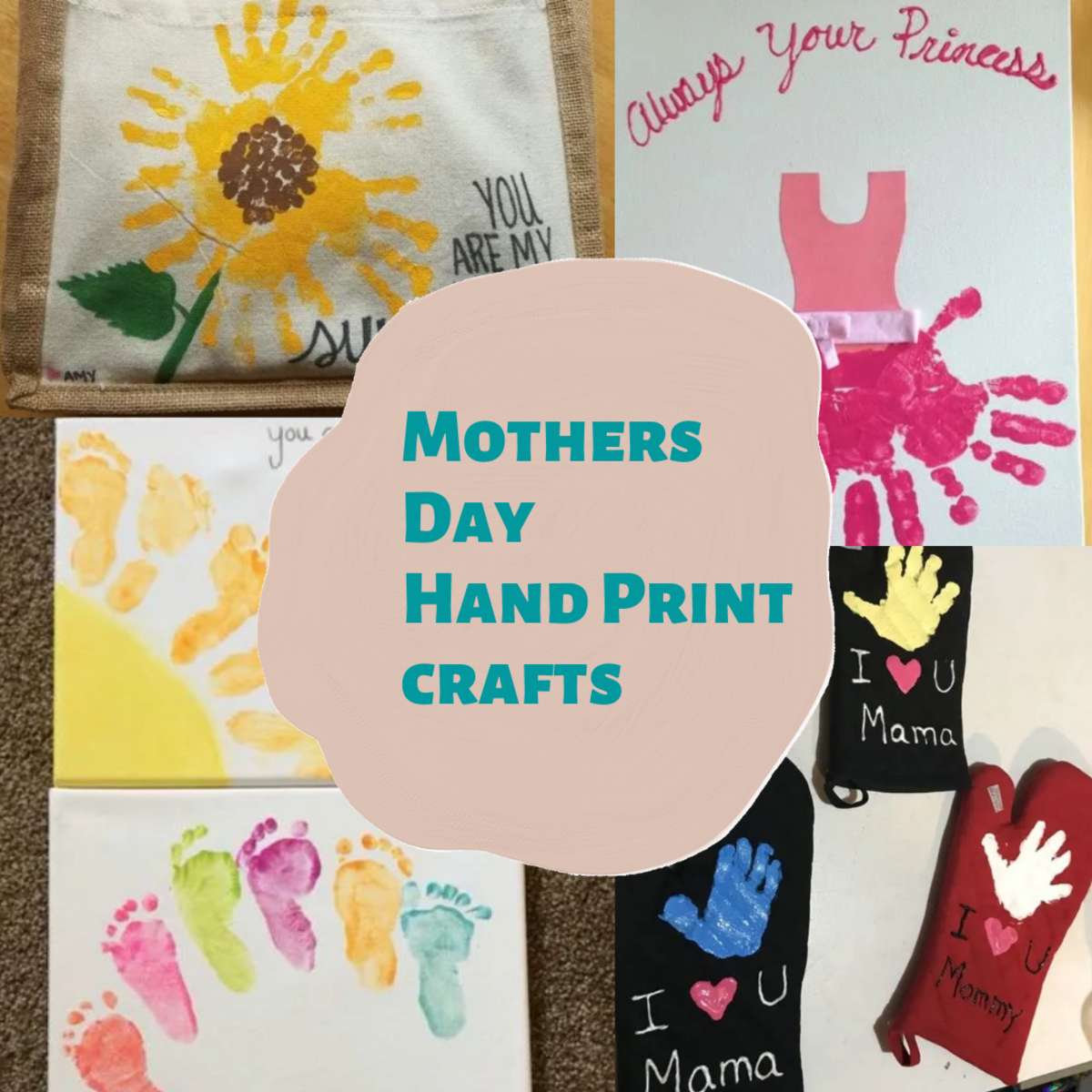How To Protect Your Original Photos From Online Theft - Copyright Infringement
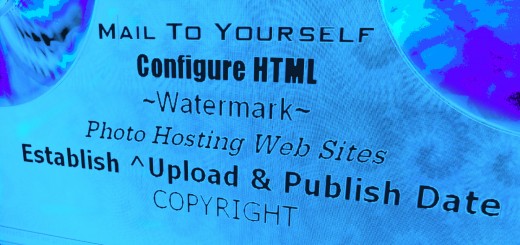
It can happen in the blink of an eye, a swift, precise, covert operation conducted by a malicious third party with the intent to gain access to and blatantly copy, transfer, and essentially steal an artist's original images with seemingly total disregard for the creator's inherent legal ownership rights, formally known as "Intellectual Property", and or, attached expressed or implied exclusive license restrictions. Unfortunately, this type of Internet thievery where an individual simply steals your invaluable prized photos that are proudly displayed in a web based art gallery or strategically placed within a literary work to enhance visual appeal, happens every day, and the long list of conventional security precautions which usually turn out to be "Evidence Builders" for a post infringement lawsuit as opposed to effective preventative measures to actually stop someone from taking photos, can indeed work to varying degrees if implemented properly. In reality, these strategies typically end up acting more as deterrents to discourage individuals from performing this illegal activity, or, a solid body of corroborating, actionable prima facie evidence used to prove rightful ownership which in many cases can result in a favorable judgement for the artist. An award that can include generous monetary compensation ordered by a court of law subsequent to the owner becoming the unfortunate victim of online image theft.
Despite all the safeguards launched and enabled that are combined in unison to act as what you may think is a concrete, impenetrable primary, secondary, or even tertiary line of defense, it still may turn out to be a relatively easy task for a ready, willing, able, and capable online thief to infringe upon your personal property rights. For instance, even if a circled "C", which is associated with, and the universally recognized "Copyright" protection insignia, is clearly visible next to or within close proximity to a registered image, unless additional measures are taken, such as implementing "Right Click" road blocks or photo shielding "HTML" configurations, an infringer can still steal your work by applying nothing more than a little extra effort, especially if he/she is computer savvy and possesses superior technological talent.
Hackers will hack, watermarks can easily be cropped and discarded, even seemingly infallible safeguards such as invisible or translucent watermarks can be penetrated and manipulated hence, the protection element circumvented and rendered impotent or even completely useless by some of the more technically advanced slick characters floating around in cyberspace. So realistically speaking, achieving 100% proactive preventative protection, or what I refer to as the "Triple P's", to ensure it is physically impossible for an online infringer to hijack your work is, well, virtually impossible. Unless of course there is a fail safe procedure in existence that I'm unaware of, and even if this is the case, like all other so called impenetrable security systems, unfortunately odds are still favorable for hackers who have an infamously documented historical track record of possessing a "knack" so to speak, and have always managed to maintain a very high level of hacking adaptability, stamina, and persistence. Unfortunately, if given enough time and energy, common criminals will inevitably concoct an innovative solution to either penetrate or circumvent even the most secure safeguards.

With this in mind, let's move on to explore six of the most effective and highly recommended precautionary measures, including my unique personal perspective, we as artists can launch and implement immediately in an effort to either discourage and deter online photo theft, or, if all defenses are breached, at least help us to build a strong, virile, and robust body of supporting evidence to effectively counter, bring to justice, and ultimately prosecute these intrusive cyber pirates if by chance the precautions fall short of hopeful expectations and your photographs are indeed stolen -
|
|---|

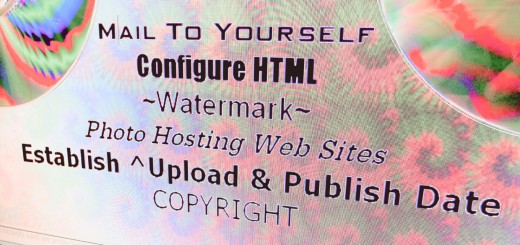


~ "Once you activate the shutter * The photo is owned by you and no other"



~ Mail To Yourself
Simple yet somewhat effective proactive measure used by many artists. Conventional mainstream wisdom dictates several strategies yielding varying degrees of protection results that are designed to immunize you to the fullest extent from becoming a victim of online image theft or, help you win a legal battle subsequent to the photo being stolen. The following suggestion can indeed help your cause if an attempt to find a reasonable solution via direct communication with the person who had committed the act (infringer) becomes an exercise in futility. This ownership protection method, which can be found in the standard arsenal of tactics designed to help the owner "Post Thievery", should be considered a complimentary or secondary way to bolster legal work product as opposed to solitary "Stand Alone" evidence. Here is how it works in theory according many experts in the field corroborated by my personal due diligence. When photographs, images, pictures, or a CD or DVD containing a copy of these items is processed through the U.S. Mail Service, a "Date Stamp" or "Post Mark" is applied to the envelope, box, or package. According to mainstream legal wisdom, this date stamp can be used as concrete evidence to support your ownership case by helping to establish a "Creation" date for the images in question. If you can prove the photo(s) existed before they appeared on the "infringer's" web site, this critical piece of supporting evidence traditionally can be used to essentially prove you are the originator, or rightful owner of the work. How can the infringing party claim ownership or "Creatorship" if the photos were in your possession long before they were copied and subsequently appeared on the suspect's domain page?
|
|---|

~ Configure HTML
If you are fortunate enough to be a technologically endowed, sophisticated computer aficionado, the following might be another feasible precautionary alternative to consider implementing. The potentially complicated details or steps that must be performed to "Wire" so to speak, a PC to in effect, completely disable third party "Right Click" activity thereby nipping the infringer's unlawful intentions in the proverbial bud, will be extensively covered in a future edition, however, my research has led me to the discovery of several differing opinions related to the precise actions necessary to successfully execute and apply this strategy while at the same time completely eliminating the possibility of causing unintentional or accidental, undesired "Side Effects". If done correctly, this is certainly one effective way to counter the illegal act of someone stealing your photos from an online venue but until a consensus is reached by our modern day Da Vincis, one which includes a precise road map or blueprint if you will, pertaining to the exact steps that need to be taken, I will personally continue to use what I consider the safer, non technical methods of protection. If you're a "Tech Maestro", by all means, it might be something to research and consider implementing.
|
|---|

~ Watermarks
There is a virtual plethora of online tutorials in existence that are dedicated to teaching individuals how to successfully apply watermarks to original images and the procedure seems to be easy enough even for the novice. This infringement protection measure can be an effective security technique to a certain degree however, unless the print is "Invisible", aesthetic appeal of the photo can be significantly compromised by the distracting letters or numerals inscribed and embedded in the picture. For this very reason, as a matter of preference to protect the complete visual impact, integrity, and overall experience of my work, I personally do not apply visible watermarks. When I upload or import an original custom photo to be used as stand alone art in a virtual gallery or augmentation to my literary work, it must meet my precise minimum quality standards and if necessary, I will apply editing tools to enhance, emphasize, and compliment the natural beauty and unique intricacies prior to raising the curtain on premiere night and introducing the piece to the entire virtual universe for the very first time. Strategic placement within the meticulously planned artistically formatted structure and overall flow of the piece is also taken into consideration on an individual basis to maximize pleasing visual effect. After all the intensive yet enjoyable work hours spent trying to ensure the image and overall context achieves my personal minimum quality threshold requirements, why would I entertain the thought of adding a distinct watermark which can and usually does, distract from the focal point? Just my thoughts and feelings regarding my work, you need to follow your own artistic instinct, weigh the pros and cons, and reconcile it in total with the level of security you wish to achieve.
|
|---|

~ Flickr/Photo Sharing/Hosting Web Sites
Another way to insulate your creative works from the prying fingers of those who wish to steal your pictures is to create an ownership rights "Buffer Zone". A popular way to provide this additional layer of protection, which will inevitably support and or prove intellectual property rights, is to upload images to a photo hosting/sharing web site such as Flickr, or any number of other online picture gallery domains hosted by global reach entities such as Google etc. With this strategy, not only do you gain the added protection of "Time & Date Stamped" pictures, but some sites even allow you to instantaneously, without registration with the Library of Congress, choose a preferred creative commons license that suits your needs. For example, one of the most popular selections on Flickr is "All Rights Reserved" which means exactly what it says. Essentially, this icon displayed next to your photo serves notice to the entire Internet universe of the fact that it cannot be used for commercial purposes, modified, or altered in any way by third parties without express permission, along with other inherent restrictions. In summary, uploading images to a select third party hosting sight provides an automatic time stamp that documents when it was first transferred to the Internet, and, indicates your intentions of sharing the visual experience with the entire world while at the same time retaining all exclusive rights. A potentially invaluable proactive strategy that can help you shore up and protect your ownership rights if your plans include maintaining a consistent artistic or photographic presence and flow via the world wide web. Typical membership benefits include free photo upload until a threshold is met, then, for storage of additional images, a nominal annual fee is required.
|
|---|

~ Establish Upload/Publish Date
According to conventional wisdom, once the image is captured by the respective photographer, exclusive ownership is immediately established thereafter regardless of any other additional registration steps and or procedures pursued. These exclusive ownership rights may be subject to interpretation, subject matter, etc. which can upon further examination, deem ownership of the photo invalid in whole or in part due to potential issues related to what actually appears in the image, capacity of the photographer etc however, once the test of ownership is met, the photographer immediately gains exclusive rights to his/her photos and once uploaded to the Internet, a "Publish Date" has been established. This is common knowledge throughout the creative arts universe and has been a generally accepted philosophy upheld by the courts. With this said, and the following is certainly subject to interpretation, debate, and possibly even jurisdiction, there is still the potential risk of negative consequences if a person fails to take that extra step and copyright photos, and a major consideration evolves around the dollar amount of "Damages" an owner can realistically pursue if original images are stolen. According to the wealth of information published on this subject which is easily available and accessible online, the law generally affords the rightful owner of copyrighted photos the opportunity to collect "Statutory Damages", if the decision rendered is favorable, as opposed to "Actual" damages, which can be a considerably lesser monetary amount, for photos that are not copyrighted. With this said, I'm certainly not advocating that all artists should immediately pay the applicable fee and register all photos, this is a decision only the owner/artist/creator can make subsequent to assessing his/her individual situation after determining an estimate of the intrinsic value of each image in the gallery. Some artists consider their work invaluable, and others might measure actual worth by using a different method other than dollars and cents, but regardless of your personal feelings or philosophy, if you become the victim of image theft and decide to prosecute, there does seem to be a potential monetary benefit attached to having your photos copyrighted.
|
|---|

~ Copyright
Finally, the most obvious option that is exercised by innumerable artists and photographers is the straight forward registration of images via the appropriate governmental agency which is the "Register of Copyrights, Library of Congress" for U.S. Citizens. For a nominal fee per "Batch", (typically, this one time cost will cover the total number of photos that can be copied to a single CD or DVD) you will receive maximum infringement protection in return. Essentially, this is one of the most effective ways to ensure proof of ownership, however, it still does not provide 100 % preventative protection from infringement especially from suspects who may be domiciled in another country which can present jurisdictional issues along with practical logistical difficulties associated with filing a legal action. One major benefit to copyright protection is the potential to recover maximum monetary "Judgements" via statutory damages, which can add up to tens of thousands depending on the specific circumstances of the case and if successfully tried in a court of law. Although subject to several other variables, factors, and considerations, you can still prove ownership of a non copyrighted photo, however, conventional wisdom dictates the amount of potential damages awarded by a court is typically limited to "Actual Damages" which is considerably less than "Statutory Damages". So if you are anticipating and or seeking a lucrative judgement from the court if by chance your prized photo possessions are stolen, according to conventional wisdom, registering the images with the appropriate Federal Government Agency prior to opening your online photo gallery where they will in effect be exposed to the entire global community rendering them vulnerable to online theft, applying for copyright designation for all Internet bound pictures might be the prudent thing to do. In review, according to research and a wealth of resources available online, if an individual steals your image(s) subsequent to registration with the applicable wing of the Library of Congress, the crime is then escalated to "Copyright Infringement", hence, the amount of monetary damages that can be pursued in a court of law is much greater than if the image was not officially documented.
|
|---|
- Final Note - The level of protection you choose is dependant upon an assessment of your unique individual situation. According to consensus, you do own the image once it's created by your camera, unless there are other legal considerations involved, and you can pursue an infringer to the fullest extent of the law even if the photos are not registered. I am by nature a very generous individual willing to share a wealth of knowledge and resources to anyone who is in need, however, I will not hesitate to prosecute anyone who steals my prized photographic possessions and fortunately I have extensive knowledge in the field including the ability to represent myself in a court proceeding so the only actual costs incurred would be the filing fee. All other expenses are, well, pro bono - I would suggest you evaluate your individual protection goals then compare to total intrinsic and or sentimental worth of your photo gallery and then blueprint a viable, cohesive strategy accordingly to suit your needs - Best of luck, and if you feel it's worth your time and energy, it would be wise to first consult an attorney who specializes in the field before proceeding, and do not hesitate to discourage and mitigate online thievery by taking the initiative to enforce your ownership rights whenever infringed upon. But above all, if you have an insatiable passion as I do for innovative writing, free form photography, and all other related creative arts, make sure you take the time to just enjoy what you do while you do it - Whatever comes later, will inevitably come later -

<> Conceived * Designed * Developed * Written & Created By Alternative Prime <>
|
|---|
<> Exclusive Custom Images Created By Alternative Prime <>
|
|---|

- "Read & Experience" more highly acclaimed articles and creative works by this publisher - Click on "Alternative Prime" next to avatar at top right corner of this page -
|
|---|


